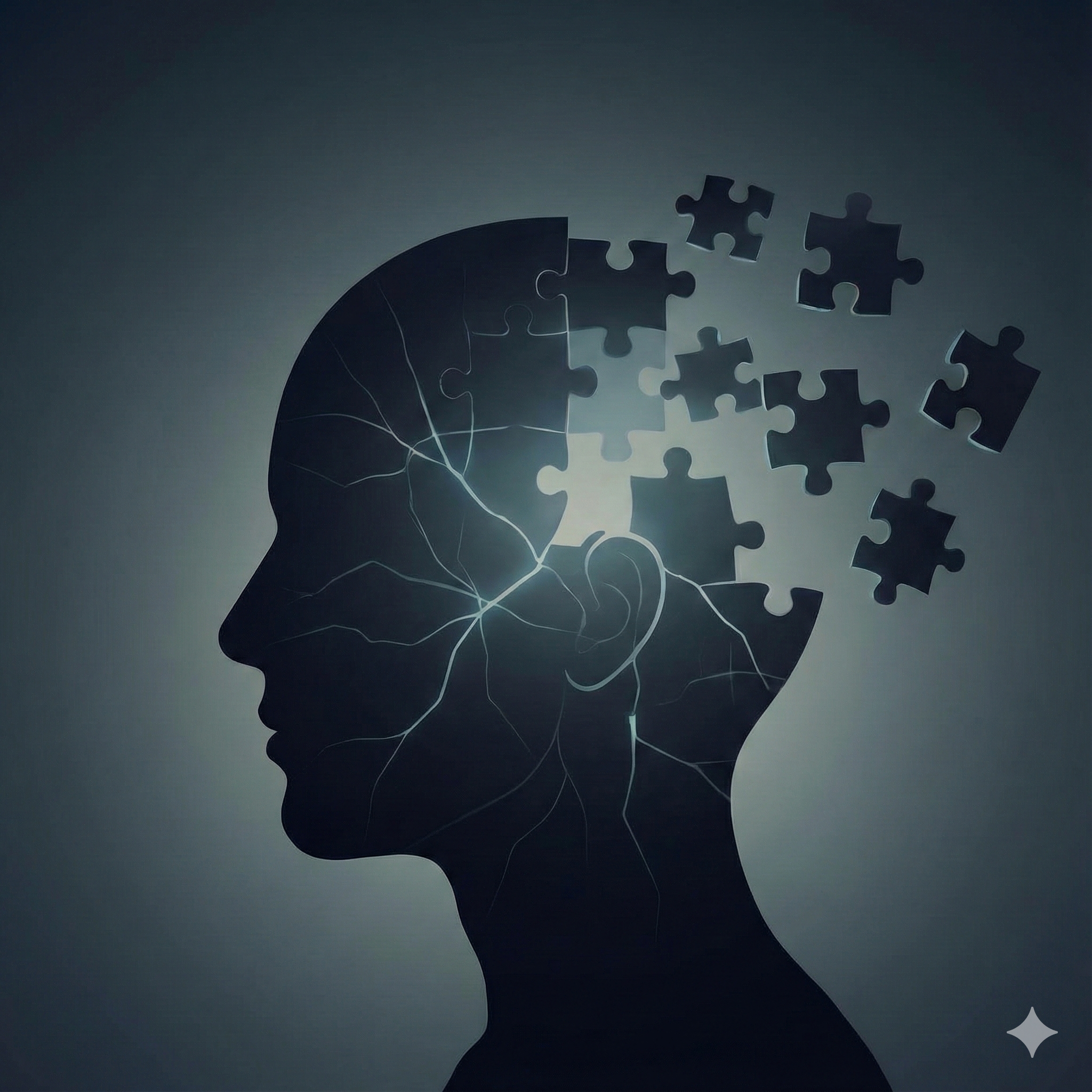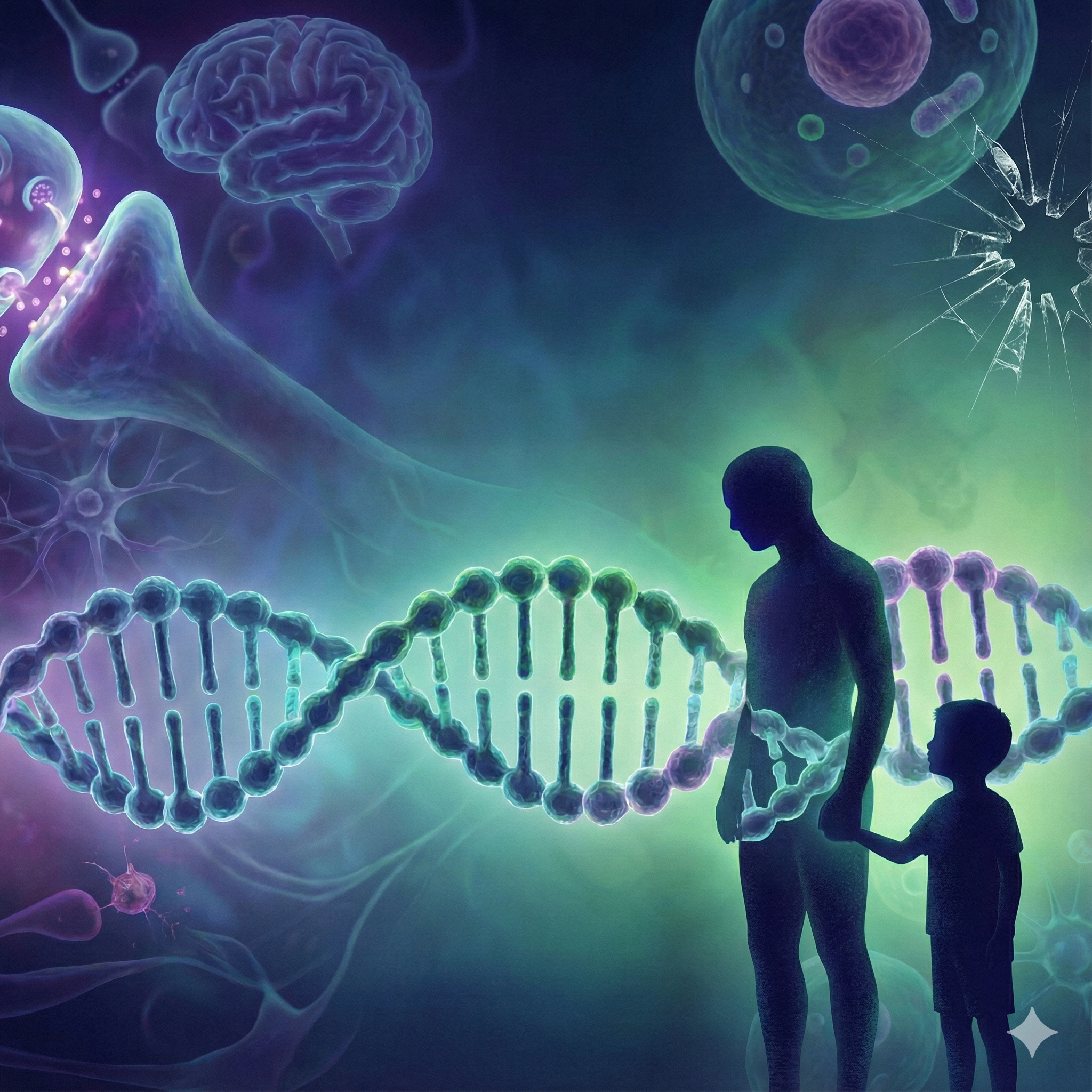Se ti sei perso alcuni articoli, puoi cliccare sulle parole chiave che trovi sotto il titolo di ogni articolo. Clicca sulla parola che rappresenta il tema che vorresti approfondire. Ricorda che siamo a tua disposizione per qualsiasi informazione.
Addiction as the language of trauma: gender differences in coping strategies in young adults
Edited by Massimo Lattanzi¹²³, Tiziana Calzone¹²³
¹Italian Association of Psychology and Criminology (AIPC), Rome, Italy ²Italian Center for Relational Psychotraumatology (CIPR), Pescara-Roma, Italy ³National Observatory on Family Homicides (ONOF), Rome, Italy
Abstract
This study explores the different functions that addictive behaviors assume in response to trauma in a sample of young adults (18-30 years old), analyzed through the SVD-AMT scale. The results highlight a marked gender differentiation: while women tend to use addiction with an anesthetic function to silence emotional pain, men show a tendency to use it with a compensatory function to build an alternative identity. These differences suggest the need for specific and targeted therapeutic approaches.
Introduction
The relationship between trauma and addiction is widely documented in literature, but the specific functions that addictive behavior serves can vary significantly between individuals and demographic groups. To investigate these dynamics, the Scale for the Evaluation of Addiction as Traumatic Self-Medication (SVD-AMT) was used. This tool does not merely quantify the presence of an addiction but explores its qualitative function, investigating why an individual resorts to compulsive behavior in relation to a traumatic experience. The scale is divided into three main areas: (Area A) managing internal states of alarm, (Area B) regulating emotional pain and memories, and (Area C) modulating the sense of self and relationships.
Understanding whether addiction acts as a sedative for hyper-arousal, an anesthetic for emotional pain, or a compensator for a fragmented self is crucial for clinical effectiveness. This article analyzes the data from the administration of the SVD-AMT scale to three cohorts: women 18-24, men 18-24, and women 25-30, to outline the prevalent functional profiles.
Profile Analysis
Profile 1: Women (18-24 years old) - The Escape from Feeling
The sample of young women (18-24 years old) shows a total average score of 4.6, indicating a weak link between trauma and addiction. Although compulsive behavior is not the primary emotional regulator, its function, when activated, is clearly specialized.
The qualitative analysis reveals a strong dominance of Area B (Regulation of emotional pain and memories), with an average of 2.6. This indicates that for these young women, addiction assumes a clear anesthetic function. They are not trying to calm anxiety (Area A, average 1.14) or build an identity (Area C, average 0.87), but rather to "turn off" the intolerable pain related to memories, shame, and despair. It is an attempt to escape from their own inner reality.
- Therapeutic Implication: The intervention must focus on the safe processing of traumatic memories to increase the window of emotional tolerance.
Do your romantic relationships seem like a disaster? Do you find yourself reliving the same dynamics over and over? It's not your fault. It could be Complex Post-Traumatic Stress Disorder, an invisible wound that manifests in the body and in relationships. The campaign "WHO HEALS IS SAFE" is the first step to regaining control. November 2025. Participate in our free screening for young people (18-30) and couples. Spaces are limited, don't wait, book your free consultation, click here: https://www.associazioneitalianadipsicologiaecriminologia.it/articoli/post/247297/campagna-aipc-cipr-e-onof-%E2%80%93-novembre-2025-%E2%80%9Cchi-si-cura-%C3%A8-sicura%E2%80%9D
Profile 2: Men (18-24 years old) - The Construction of a False Self
In stark contrast, young men of the same age group show an average score of 8.2, which suggests a significant link and the use of addiction as a form of self-medication.
The functional dominance shifts radically to Area C (Modulation of the sense of self and relationships), which reaches an average score of 3.2. For this sample, addiction does not primarily serve to sedate (Area A, 2.14) or numb (Area B, 2.9), but to perform a compensatory function. It is used to fill a chronic sense of emptiness and inadequacy, constructing an artificial "false self" that masks deep relational and attachment wounds.
- Therapeutic Implication: Treatment must aim at healing attachment traumas, building an authentic sense of self, and developing healthy relational skills.
Profile 3: Women (25-30 years old) - A Stable Pattern
Women in the 25-30 age group, despite a slightly higher average score (6.3), confirm a weak link between trauma and addiction. It is significant to note that, even in this group, the dominant function remains anesthetic, with Area B prevailing (average 2.3) over the others (Area A: 2.0; Area C: 2.1). This reinforces the hypothesis of a stable gender pattern, where addiction is used by women primarily to dissociate from emotional pain.
Listen to the podcast on the AIPC Editore Channel on Spotify MENTE|CRIMINE|TRAUMA, “Addiction as the language of trauma: gender differences in coping strategies in young adults” click the link: https://open.spotify.com/episode/0KYoTCwuZrR3CjsorLUo5w?si=Z7WmIqioRCqcXRntKAVGOA
Conclusions and future implications
The comparative analysis of the profiles reveals a functional gender dichotomy in the use of addiction as a post-traumatic coping strategy, with profound implications for both clinical practice and prevention.
Clinical implications: from function to therapy
The results demand a move beyond standardized therapeutic approaches. The effectiveness of treatment depends on the ability to respond to the implicit question posed by the addictive behavior:
- For women, whose use of addiction is predominantly anesthetic, therapy must create a context of safety that makes "feeling" less threatening. The goal is not only to process the trauma but to actively teach emotional regulation strategies that make addiction a superfluous option. The clinical question to answer is: "How can I help you tolerate your inner world without having to shut down?"
- For men, whose use is compensatory, the therapeutic focus must be relational and identity-based. Addiction is a symptom of a fragmented self and a deep hunger for connection. The intervention must therefore aim to rebuild an authentic sense of personal worth and to develop the ability to create healthy bonds that can genuinely fill the void. The clinical question becomes: "How can we build a 'you' together that is solid enough not to need crutches?"
Implications for Prevention: Intervening Before the Symptom
This data offers a valuable map to guide prevention interventions, acting on specific vulnerabilities before they crystallize into a disorder.
- Prevention for Males: For young men, prevention must focus on building a positive identity and the healthy expression of vulnerability. Educational and group programs in schools and communities should promote models of masculinity that do not equate sensitivity with weakness. It is essential to create safe spaces where boys can explore their insecurities and learn to build self-esteem on internal foundations (values, talents) rather than external ones (performance, approval), thus reducing the risk that a chemical or behavioral "false self" becomes an attractive option.
- Prevention for Females: For young women, prevention must focus on emotional literacy and validation. It is crucial to teach from pre-adolescence to recognize, name, and manage intense emotions without judging them as "excessive" or "wrong." Psychoeducational paths on stress management, mindfulness techniques, and the promotion of supportive peer relationships can provide functional alternatives to the anesthetic "escape," equipping girls with the tools to navigate emotional pain without having to silence it.
In summary, addiction is not just a problem to be solved, but a message to be decoded. Listening to this message allows us not only to treat better but also to prevent more effectively, protecting new generations from the most devastating consequences of trauma.
"WHO HEALS IS SAFE" Campaign: Request your free assessment
If you recognize yourself in these dynamics or wish to explore how your experiences might influence your emotional management strategies, the Italian Center for Relational Psychotraumatology (CIPR) is launching a special initiative.
As part of the "WHO HEALS IS SAFE" campaign, dedicated to young adults aged 18 to 30, it will be possible to book a free slot for an initial assessment throughout the month of November 2025.
Understanding your personal profile is the first step toward a journey of awareness and change. Our professionals at the Pescara and Rome locations are at your disposal.
To book your free consultation, you can contact us at: Email: aipcitalia@gmail.com WhatsApp Phone: +39 3924401930 Website: www.associazioneitalianadipsicologiaecriminologia.it


.-omicidi-familiari-100-maschili-e-meridionali.-legemonia-della-violenza-intergenerazionale-uomo-su-uomo-nel-sud-italia.jpeg)
